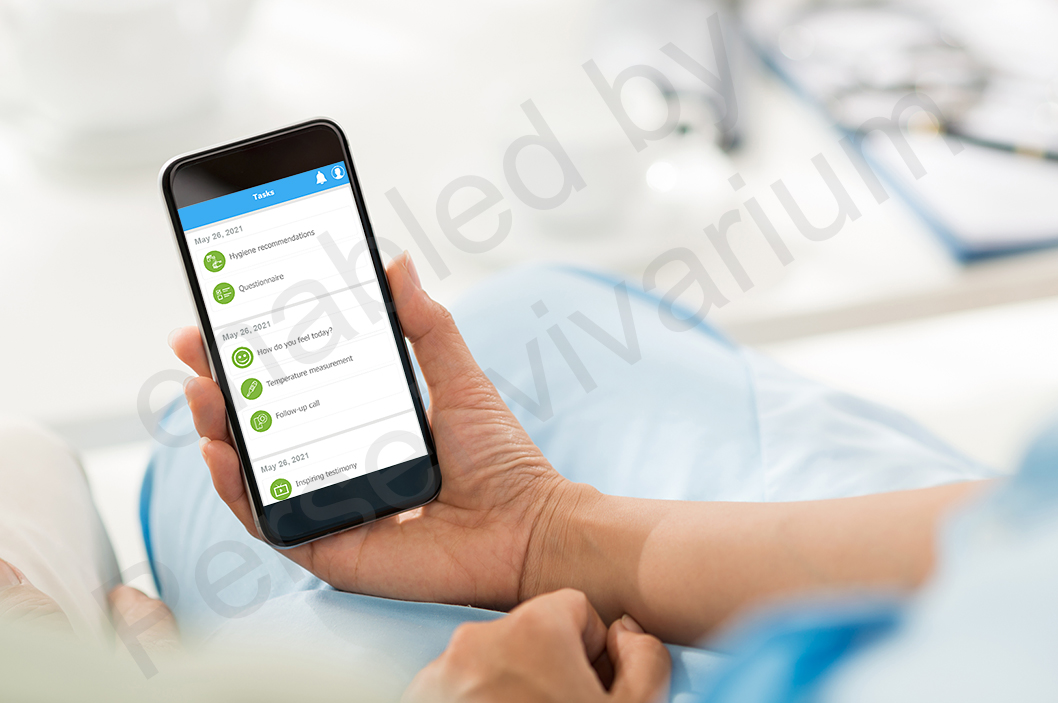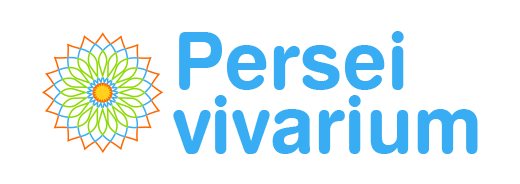How can technology help with patient monitoring before and after a medical intervention?
by Ana Díaz-Roncero, May 26, 2021

More and more today, technology is present in our lives. It helps us to facilitate and optimize procedures and tasks of everyday life in a more efficient way. In the healthcare environment, this process optimization has even more impact and relevance for medical professionals and patients. So why not use this technology to improve all the procedures associated with a medical intervention?
A medical intervention usually involves some prior and subsequent procedures. The activities prior to the intervention have the goals of patient preparation, collection of information by the medical team, and completion of all the documentation that is necessary to carry it out. The subsequent activities generally involve monitoring the patient and providing recommendations that the patients have to follow for their recovery.
The efficiency of those processes is a key element in guaranteeing an optimum result for the patient, and this is where the use of technological tools can play a fundamental role.
How can technology provide a differential value in this type of process?
In the first place, in the phase prior to the intervention, technology can help carry out the entire process of presentation and collection of the patient’s documentation (materials, informed consent, etc.), centralizing all this information in the same device.
In addition, and more importantly, this technology enables the proper preparation of the patient for the intervention, as tasks are initiated at the appropriate time, including the provision of educational material in a digital format that is easier to follow, for example using videos. This is not just a question of convenience. According to the article “The benefit of a preoperative respiratory protocol and musculoskeletal exercise in patients undergoing cardiac surgery”, a correct preoperative preparation enables a faster recovery. A study on cancer surgery even found a reduction of pain, according to “The effect of preoperative exercise on upper extremity recovery following breast cancer surgery: a systematic review”, which showed the importance of carrying out this preparation in the most appropriate way possible.
Once the intervention has been carried out, technology also plays a key role in collecting information about the patient’s status after the procedure, facilitating remote monitoring by the physician and providing a personalized care plan, speeding the recovery process.
Remote monitoring of the patient is already providing greater economic efficiency, as is noted in the article “Health Economic Analysis of Postoperative Video Telemedicine Visits to Patients’ Homes” in which it was observed that patients receiving post-interventional monitoring by telemedicine saved US$888 per visit, and their satisfaction remaining high throughout the six years of the study.
For all these reasons, at Persei vivarium, we can offer programs that are adapted to accompany the patient before and after his or her medical intervention through Caaring®, our digital platform for patient monitoring. This provides educational materials that are validated by the physician, and tasks at the appropriate time that help with correct preparation and recovery.
We have already seen that technology has great potential in medical interventions, and it will be important to incorporate it before and after the interventions, improving both results and efficiency. It facilitates the processes, optimizes resources, helps with recovery, and alleviates one of the major challenges in healthcare today: the healthcare workload.
Share

Ana Díaz-Roncero
Business Development
Persei vivarium

